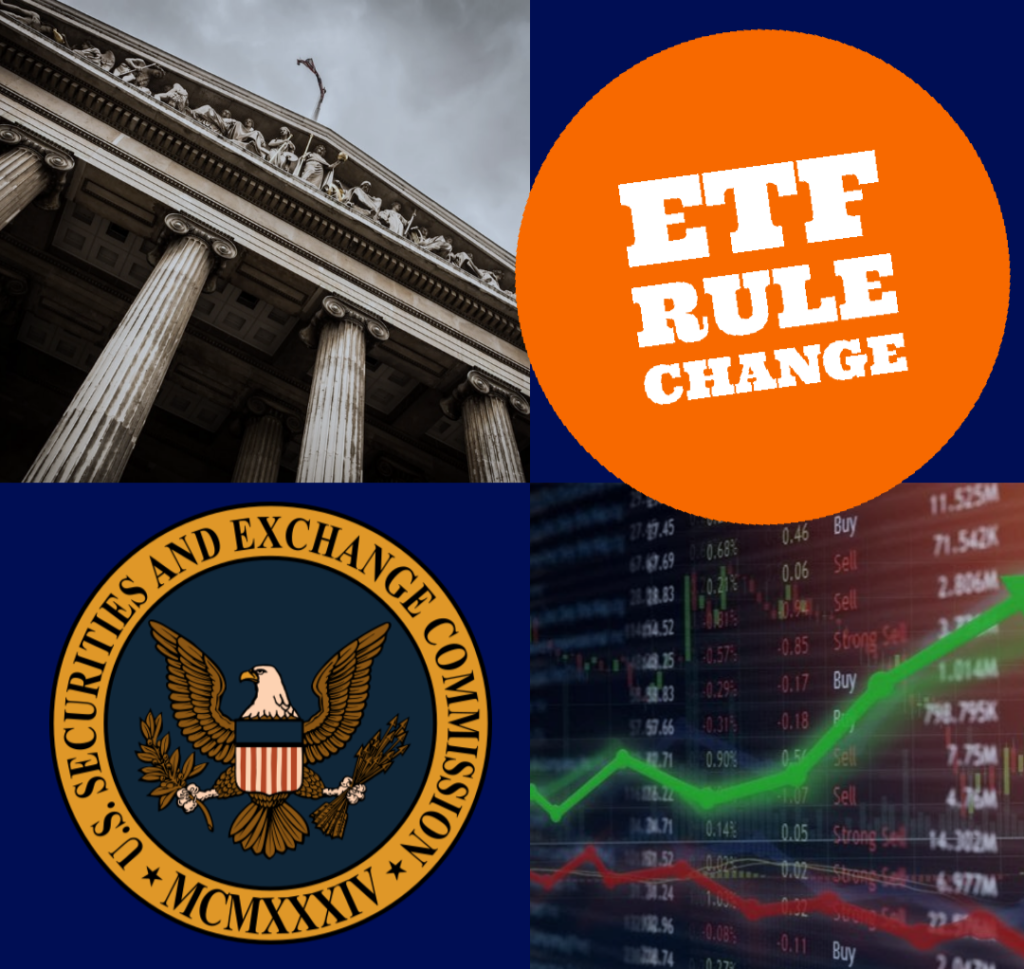

Exchange-traded funds (ETFs) are groups of investments that are typically created in order to track a larger category or index of investments. ETFs are traded on exchanges, meaning that both individual and institutional investors can easily purchase or sell shares of the fund; the shares represent a small portion of the fund’s total assets.
ETFs were first introduced to the U.S. market in 1993 with the listing of the S&P 500 Trust ETF, which is a fund dedicated to tracking the S&P 500 index. Since then, the number of ETFs offered on exchanges worldwide has rocketed to over 5,000 offered through over 100 issuers. ETFs also command a large share of investor capital, having recently surpassed $4 trillion in assets under management. As assets under management have increased, so has the complexity of these assets. While they started by tracking large indexes such as the S&P 500, Nasdaq, and Dow Jones Industrial Average, ETFs have become more tailored to niche segments of the market. Some interesting examples of niche ETFs today include the Obesity ETF (SLIM), the Video Game Tech ETF (GAMR), and the Whiskey & Spirits ETF (WSKY).
Investors have gravitated towards ETFs because it is easy to create a diversified portfolio without a significant capital investment. A retail investor can buy a few shares of an ETF and instantly gain exposure to a large market sector. This means steadier returns for risk-averse investors.
The Regulation
The majority of ETFs are classified as open-end funds, which allow for the greatest management flexibility. All open-end funds are registered under the Investment Company Act of 1940. This means that ETFs have to be registered with the U.S. Securities and Exchange Commission (SEC) in order for them to offer shares to the public. This helps safeguard investors from fraudulent and risky ETFs. Despite being in existence for over 25 years, ETFs had not been granted their own unique regulation from the SEC until recently.
On September 25th, the SEC issued a new rule that will streamline the process for issuing ETFs. Instead of having to seek permission to launch new ETFs, all asset managers need to do is simply issue a prospectus, which is a formal document delivered to investors and regulators that describes the background of the issuer and the details of the fund. SEC Chairman Jay Clayton reasoned that “as the ETF industry continues to grow in size and importance, particularly to Main Street investors, it is important to have a consistent, transparent, and efficient regulatory framework.”
Investors who are concerned about fraudulent or riskier ETFs should be comforted to know that the streamlined regulation only applies to those ETFs that track standard stock-market benchmarks, or those that disclose their portfolio holdings every day. Riskier ETFs that use debt and borrowing, also known as leverage, will not be able to use the streamlined regulation to get to market faster.
Economic Implications
Chairman Clayton’s comments about the expedited path of ETF issuance touch on the larger topic of growth in the ETF industry. Over the past five years, the size of assets under ETF management have doubled from $2 trillion to $4 trillion, with the largest three ETF issuers—Blackrock, Vanguard, and State Street, respectively—capturing well over three-quarters of assets. The new streamlined regulation may open the door for smaller ETF issuers to gain market share by reducing barriers to entry in the market. This efficiency will also spur competition by forcing firms to lower management fees. If a new ETF does not garner at least $50 million in assets under management within the first few years of its launch, it is unlikely to survive due to high fixed costs and insufficient management fees. This regulation may help to reduce those high fixed costs and allow more ETFs to gain visibility.
Legal Implications
State regulators might be able to impose additional rules regarding the issuance of ETFs, because the regulation does not expressly preempt states from doing so.
However, a compelling argument can be made that field preemption exists here. Under federal preemption doctrine, states cannot impose their own rules when there is either express, conflict, or field preemption. Express preemption exists when a federal law explicitly declares that states cannot enact their own laws in the area of law to which the federal law pertains. Conflict preemption exists when it would be impossible to comply with both a state and federal law at the same time, or the state law acts as an obstacle to the federal law. Finally, field preemption exists when the federal government has established a significant precedent and history of lawmaking in a specific area such that a state should no longer act within that area of law. A congressional intent of field preemption may be inferred either from the pervasiveness of the federal interest in the field or the act itself. One example of field preemption that has been tested in several Supreme Court cases is the area of immigration law, where the federal government has demonstrated dominance in the field.
In 1996, Congress enacted the National Securities Markets Improvement Act (NSMIA), which sought to simplify securities regulation by allotting more regulatory power to the federal government instead of states. NSMIA contains a broad preemption clause that precludes states from passing laws or regulations relating to capital, custody, margin, financial responsibility, making and keeping records, bonding, or financial or operational reporting requirements.
In part due to NSMIA and a vast array of securities regulations related to open-ended funds, the SEC may have established field preemption for this new regulation. Additionally, if state regulators attempt to include additional requirements for ETF issuers, it could open a case for conflict preemption, because the state rules may act as obstacles to the federal rule’s intent to streamline ETF issuance. Therefore, the SEC’s ETF regulation will likely be the new norm for the complex and burgeoning ETF market moving forward.
Sources
17 CFR 210, 232, 239, 270, 274. U.S. Securities and Exchange Commission. Exchange-Traded Funds.
Dan Caplinger, What is an ETF? The Motley Fool (Aug. 7, 2019).
Dave Michaels, Washington Gives Exchange-Traded Funds Fast Lane to Market, The Wall Street Journal (Sept. 26, 2019).
Hester Peirce, A Quarter-Century of Exchange-Traded Fun!, U.S. Securities and Exchange Commission (May 21, 2019).
Michael Wursthorn, The $4 Trillion ETF Industry is Creating More ‘Roadkill’, The Wall Street Journal (Oct. 28, 2019).
National Securities Markets Improvement Act.
Stephen D. Simpson, A Brief History of Exchange-Traded Funds, Investopedia (Aug. 25, 2019).
U.S. Const. Art. VI., cl. 2.

